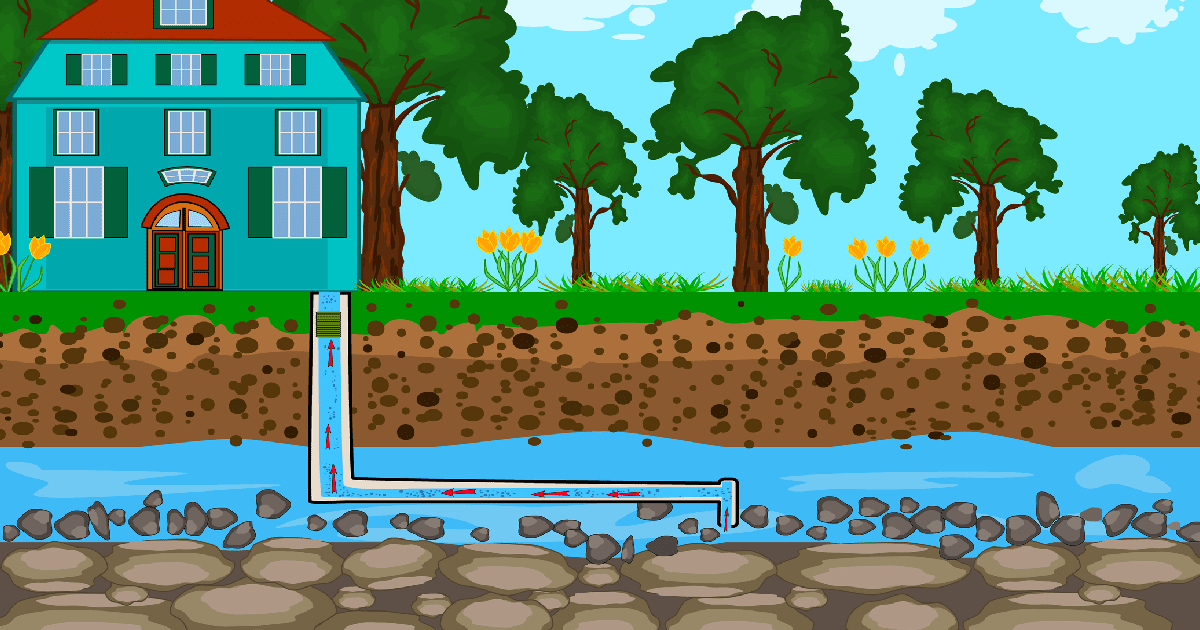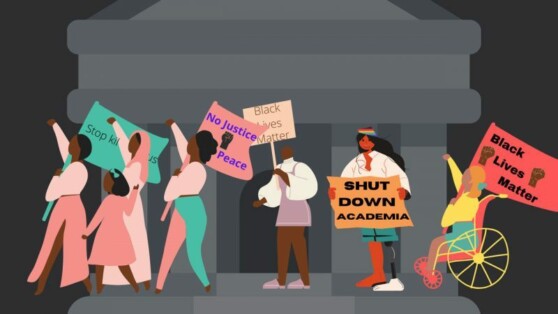Environmental engineers guard the quality of our environmental resources in many ways, including water quality, groundwater resources, water contamination and waste disposal. They design water and sewage treatment plants that clean water for human use, and design industrial systems and filters that make sure factory-released water is not polluting our environment. In this activity, we’re going to build our own aquifers to illustrate their geologic formation, how pollution can get into groundwater, and how this pollution can end up in drinking water wells.
Aquifer: A natural underground area where large quantities of ground water fill the spaces between rocks and sediment.
What You Will Need
- Chocolate sprinkles
- Clear plastic cup 12-14 oz
- Clear soda (e.g., lemon-lime): 12 oz
- Crushed ice
- Mini marshmallows
- Chocolate chips
- Puffed cocoa cereal
- Red Kool-Aid® (sweetened and dry)
- Spoon
- Straw (preferably clear)
- Vanilla ice cream
Ground water supplies 30% of the drinking water in the United States. Wells are drilled through soil and rock into ground water aquifers to supply drinking water. Unfortunately, ground water can become contaminated by improper use or disposal of chemicals such as fertilizers and household cleaners. These chemicals can percolate down through the soil and rock into an aquifer and eventually into drinking water wells. This contamination can pose a significant threat to human health.

Step 1. Fill a clear plastic cup 1/3 full (total) with a layer of crushed ice followed by a layer of mini marshmallows and chocolate chips. These represent gravels and sands that make up the aquifer. Notice the different sizes and shapes and how the pieces have spaces or “voids” between them.
Step 2. Add enough soda to almost reach the top of the layer. The soda represents ground water. Notice that the soda fills all the spaces among the marshmallows, chocolate chips, and ice. The aquifer is now saturated with soda; it is a “saturated zone.” The top of the saturated zone is called the “water table.”
Step 3. Add a layer of ice cream. This layer, called a “confining layer” is impermeable or significantly less permeable than the aquifer below it (it is difficult for water to soak through). It helps protect the aquifer from contamination and is usually made of rock and/or clay.
Step 4. Add puffed cocoa cereal on top of the confining layer/water table. This represents the unsaturated zone, the area where air fills most of the pores (spaces) in the soil and rock.
Step 5. Scatter chocolate sprinkles over the top. The sprinkles represent the soil, which is very porous.
Now that your aquifer is built we’re going to look at how contaminants and wells interact with the aquifer.
Step 6. Sprinkle Kool-Aid® over the top of the soil. The Kool-Aid represents contaminants on the ground like fertilizer or oil that leaks from cars. Does anything happen to the Kool-Aid?
Step 7. Using a drinking straw, drill a well into the center of the aquifer. Observe the aquifer and Kool-Aid. What happens when the well is drilled?
Step 8. Begin to “pump” the well by slowly sucking on the straw. Watch the decline in the level of soda below the ice cream layer and observe what happens to the contaminants. Do contaminants (Kool-Aid®) leak through the confining area (ice cream) and get sucked into the well?
Step 9. Pour a small amount of soda over the top. The soda represents rain. It recharges the aquifer (adds new water). Watch how the Kool-Aid dissolves and moves into the aquifer. The same thing happens when contaminants are spilled on the ground. Do you think you could get the Kool-Aid back out of the soda?
Think about your neighborhood, what could you do to help protect the ground water? Try building an aquifer without the confining layer (ice cream) – does it change how the contaminants move through the system?
Now you can do a little environmental clean-up and eat your aquifer!
Authors
-

SWE Blog provides up-to-date information and news about the Society and how our members are making a difference every day. You’ll find stories about SWE members, engineering, technology, and other STEM-related topics.
-
Heather Sheridan P.E., PMP is a Civil Engineer and Project Manager at Black & Veatch in the Hydropower Department. Heather has a BS in Civil Engineering from the University of California, Davis with a focus on hydraulic structures and environmental design.






